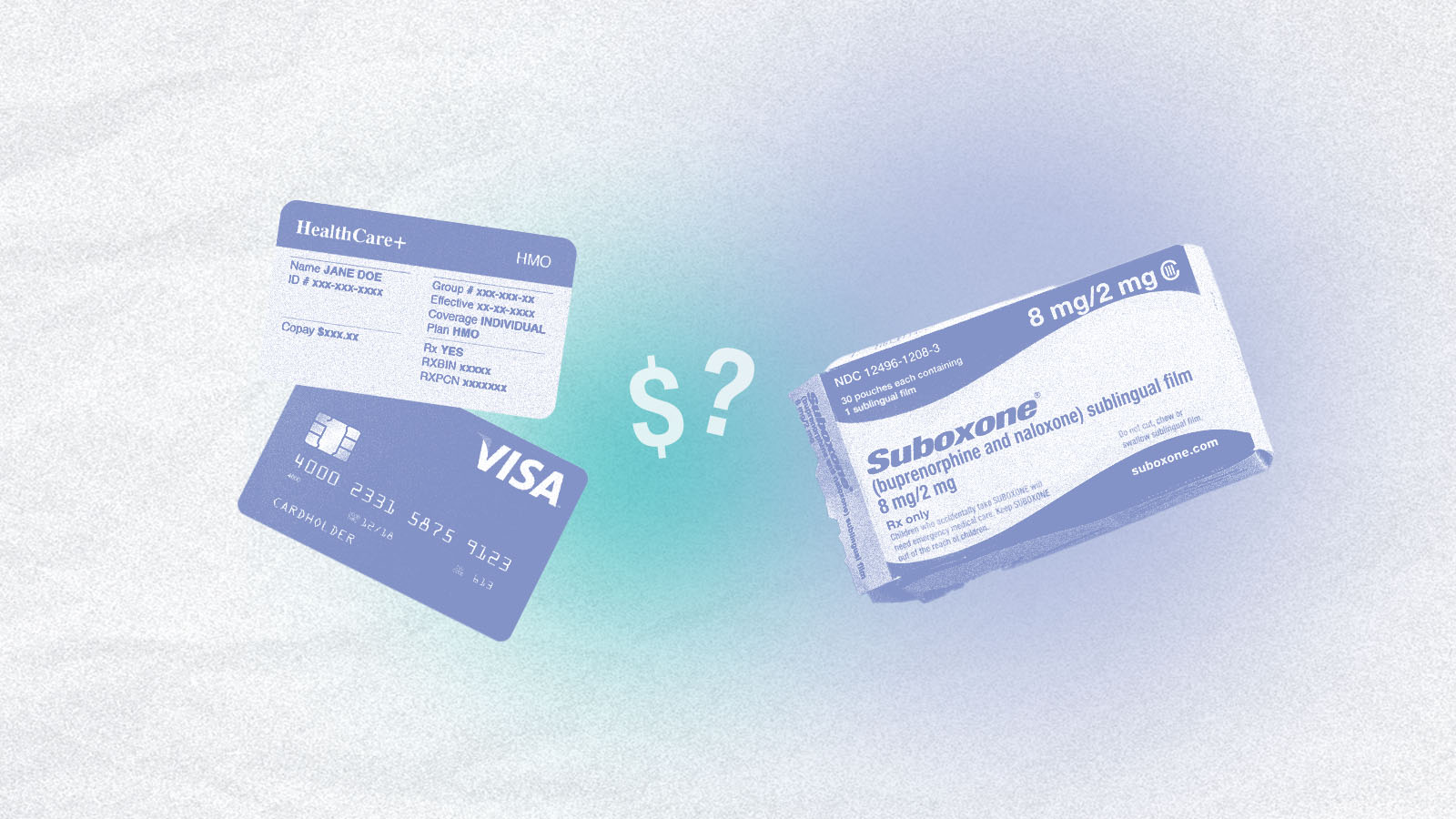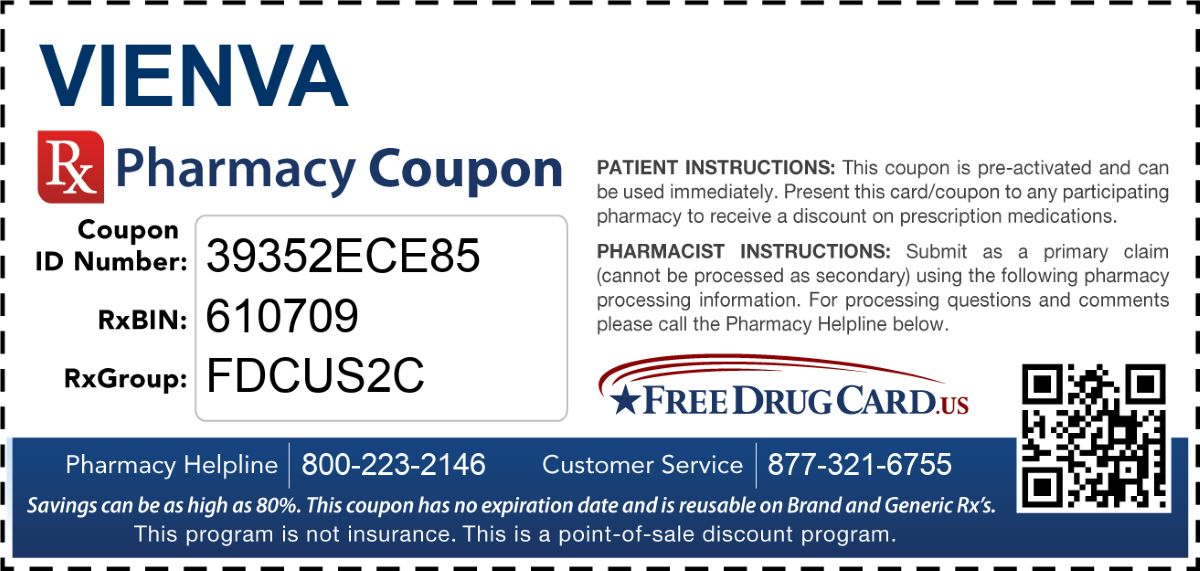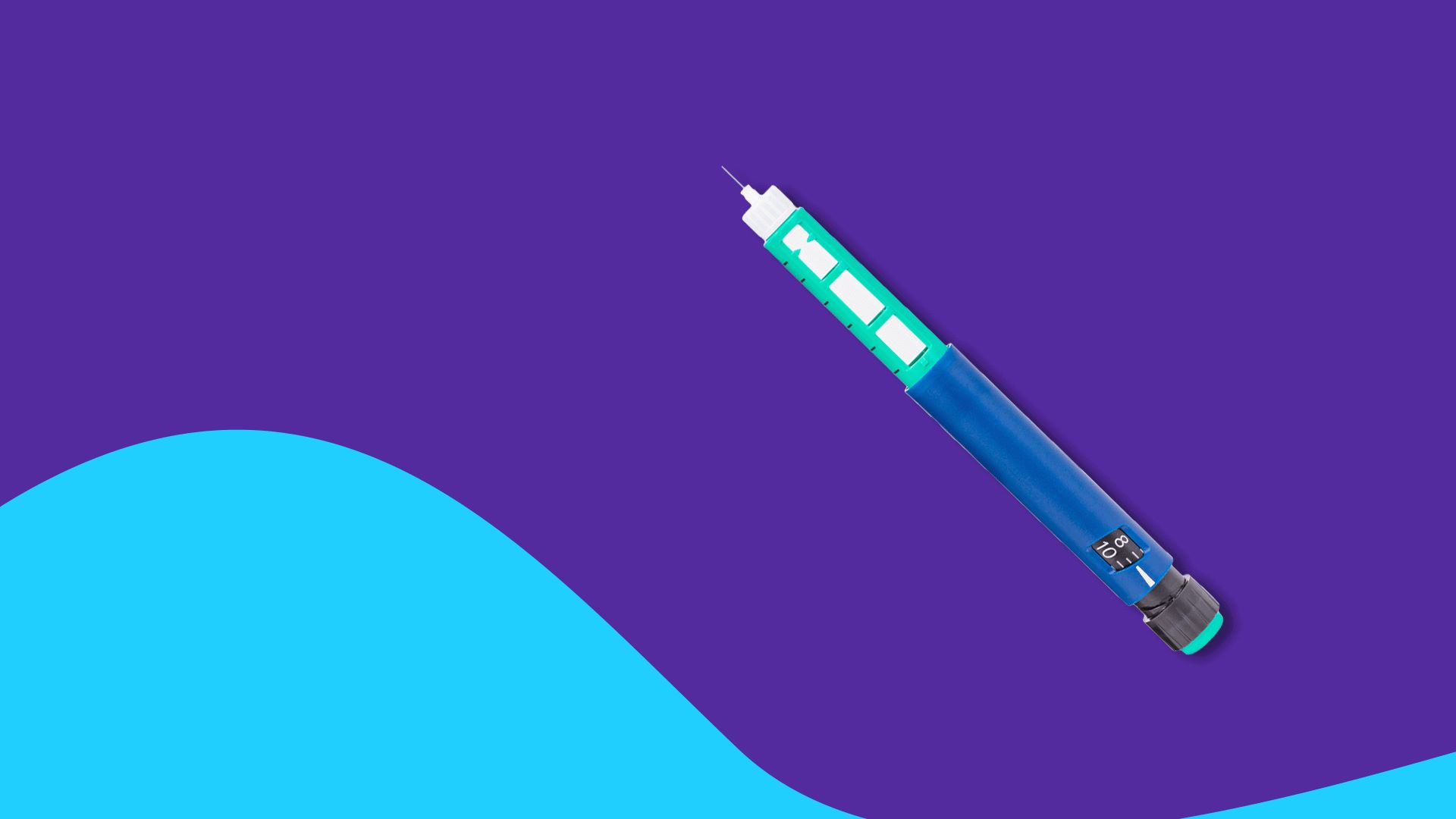

Finance
How Much Is Retin-A Without Insurance?
Published: November 8, 2023
Find out the cost of Retin-A without insurance and explore financial options to help cover the expenses. Discover how to manage your finances for affordable skincare.
(Many of the links in this article redirect to a specific reviewed product. Your purchase of these products through affiliate links helps to generate commission for LiveWell, at no extra cost. Learn more)
Table of Contents
Introduction
Welcome to our comprehensive guide to understanding the cost of Retin-A without insurance. Retin-A, also known as tretinoin, is a popular medication used to treat acne and reduce the appearance of wrinkles and fine lines on the skin. However, many people may find themselves in a predicament when it comes to affording this medication, especially if they do not have insurance coverage.
In this article, we will delve into the cost of Retin-A and explore potential ways to save money while still reaping the benefits of this highly effective topical treatment. Whether you are a skincare enthusiast or someone struggling with acne, this guide will provide you with valuable insights and tips to navigate the complex world of Retin-A pricing.
Before we dive into the specifics of the cost, it is important to understand what Retin-A is and how it works. Retin-A is a derivative of vitamin A and belongs to a class of medications called retinoids. It is available in the form of a cream, gel, or solution, and is applied directly to the affected areas of the skin.
Retin-A works by increasing the turnover of skin cells, promoting the growth of new skin cells, and preventing the blockage of pores. This process helps to reduce acne breakouts, unclog pores, and improve skin texture and tone. Additionally, Retin-A stimulates collagen production, which can lead to a reduction in wrinkles and fine lines over time.
Now that we have a basic understanding of Retin-A, let’s explore the cost of this medication without insurance. It is important to note that the cost can vary depending on several factors such as the dosage strength, the form of Retin-A (cream, gel, or solution), and the location where the medication is purchased.
In the next section, we will examine the different factors that contribute to the cost of Retin-A and explore strategies to save money on this medication. So, if you are curious about the financial aspect of obtaining Retin-A without insurance, let’s dive right in!
Understanding Retin-A
Retin-A, also known as tretinoin, is a topical medication that has gained widespread popularity for its remarkable ability to treat acne and improve skin texture. It falls under the class of medications known as retinoids, which are derived from vitamin A.
Retin-A works by increasing the turnover of skin cells, aiding in the shedding of dead skin cells and promoting the growth of new ones. This helps to unclog pores, reduce the formation of acne comedones (blackheads and whiteheads), and prevent future breakouts. Additionally, Retin-A stimulates collagen production, improving the elasticity and firmness of the skin.
This medication can be used to treat various forms of acne, including mild to moderate comedonal acne, as well as certain types of acne scarring. It is available in different strengths, typically ranging from 0.025% to 0.1%, and can be obtained in the form of a cream, gel, or solution, depending on the preferences and needs of the individual.
Retin-A is generally applied once daily, usually in the evening, to clean, dry skin. It is important to start with a lower concentration and gradually increase the strength as directed by a healthcare professional, as the stronger formulations may cause irritation and peeling initially. Consistency is key when using Retin-A, as it may take several weeks or even months to see noticeable improvements in the skin.
In addition to its acne-fighting properties, Retin-A is also celebrated for its anti-aging benefits. It can help reduce the appearance of wrinkles, fine lines, and hyperpigmentation, giving the skin a more youthful and radiant appearance. The collagen-stimulating effect of Retin-A plays a key role in improving the texture and overall quality of the skin, making it a popular choice among those seeking to combat signs of aging.
It is worth noting that Retin-A is a prescription medication and should be used under the guidance of a healthcare professional, particularly for individuals with sensitive skin or certain medical conditions. Consulting a dermatologist or a healthcare provider is crucial to determine the appropriate strength and formulation of Retin-A and to address any concerns or potential side effects.
Now that we have an understanding of how Retin-A works and its various uses, let’s explore the cost of this medication without insurance in the next section.
The Cost of Retin-A Without Insurance
One of the primary concerns for individuals considering Retin-A as a skincare solution is its cost, especially if they do not have insurance coverage. The price of Retin-A can vary depending on several factors, including the dosage strength, the form of the medication (cream, gel, or solution), and the location where it is purchased.
On average, the cost of Retin-A without insurance can range from $60 to $150 for a 20-gram tube, depending on the strength and brand. Higher strengths may be more expensive. It is important to note that the cost may also vary depending on the pharmacy or retailer, so it is worthwhile to do some research and compare prices at different locations.
It is worth mentioning that although Retin-A may seem expensive upfront, a little goes a long way. The recommended pea-sized amount is typically sufficient for each application, meaning one tube can last for several weeks or even months.
If you are concerned about the cost of Retin-A without insurance, there are several strategies you can employ to save money.
- Generic Options: Opting for the generic versions of Retin-A can often result in significant cost savings. Generic tretinoin creams and gels contain the same active ingredient as Retin-A but are typically priced lower.
- Manufacturer Discounts and Coupons: Check the official websites of the Retin-A manufacturers for any available discounts, savings programs, or coupons. These programs can help reduce the out-of-pocket expense of purchasing Retin-A without insurance.
- Patient Assistance Programs: Some pharmaceutical companies offer patient assistance programs (PAPs) for individuals who qualify based on their income level. These programs can provide substantial discounts or even free medication for those who meet the eligibility criteria.
- Online Pharmacies: Consider purchasing Retin-A from reputable online pharmacies, as they may offer lower prices compared to brick-and-mortar stores. However, exercise caution and ensure that the online pharmacy is licensed and operates within legal parameters to avoid counterfeit or substandard products.
Additionally, it may be worth exploring your insurance options. While Retin-A is often not covered under most insurance plans, some plans may provide partial coverage or offer discounts on the medication. Contact your insurance provider to inquire about any available options.
Keep in mind that the cost of Retin-A without insurance may seem high initially, but the potential benefits in improving skin health and appearance can make it a worthwhile investment. However, it is essential to find a balance between budget-friendly options and quality to ensure the best possible results.
Now that we have discussed the cost of Retin-A without insurance and strategies to save money, let’s explore alternative options for those who may not be able to afford or use Retin-A in the next section.
Ways to Save Money on Retin-A
If you’re looking to save money on Retin-A, there are a few strategies you can employ to help reduce your out-of-pocket expenses. These methods can make this highly effective topical treatment more affordable and accessible for those without insurance coverage:
- Ask for a Generic Prescription: Generic versions of Retin-A, containing the same active ingredient as the brand name medication, are often available at a lower cost. Talk to your healthcare provider or pharmacist about prescribing the generic form.
- Utilize Prescription Discount Programs: Many pharmacies and retailers offer prescription discount programs that can help lower the cost of medications, including Retin-A. These programs may be available as membership services or through coupons and can provide significant savings.
- Compare Prices at Different Pharmacies: The cost of Retin-A can vary between different pharmacies. Take the time to call or visit various pharmacies in your area to compare prices and find the most affordable option. You can also consider using online platforms that provide price comparison tools for prescription medications.
- Look for Manufacturer Rebates or Coupons: Keep an eye out for manufacturer rebates or coupons that offer discounts on Retin-A. These promotions can be found on the manufacturer’s website or through online coupon websites. Taking advantage of these offers can substantially reduce the cost of the medication.
- Consider Prescription Savings Cards: Prescription savings cards, also known as copay cards, can provide savings on prescription medications, including Retin-A. These cards are often available through pharmaceutical manufacturers or third-party organizations and can be used to offset the cost of your medication at the pharmacy.
- Explore Assistance Programs: Some organizations or foundations provide assistance programs for individuals who struggle with the cost of prescription medications. These programs are typically income-based and may offer financial assistance or discounts on medications like Retin-A.
- Talk to Your Dermatologist: If you find the cost of Retin-A to be a financial burden, discuss your concerns with your dermatologist or healthcare provider. They may be able to suggest alternative treatment options or work with you to find a more affordable solution.
Remember, it’s essential to consult with a healthcare professional before making any changes to your medication or skincare routine. They can provide guidance tailored to your specific needs and ensure that you’re using Retin-A safely and effectively.
By implementing these money-saving strategies, you can make Retin-A more accessible and affordable, helping you to achieve clearer and healthier skin without breaking the bank.
Now, let’s explore alternative options for those who may not be able to afford or use Retin-A in the next section.
Alternatives to Retin-A
If the cost of Retin-A is prohibitive or if you are unable to use this medication due to certain contraindications or sensitivity, there are several alternative options available that can help address your skincare needs. While these alternatives may not provide an exact replication of Retin-A’s effects, they can still offer significant benefits for your skin:
- Adapalene: Adapalene is another topical retinoid that has been proven effective for treating acne and improving skin texture. It is available over-the-counter in lower strengths, while higher strengths require a prescription.
- Azelaic Acid: Azelaic acid is a naturally occurring acid that has antibacterial and anti-inflammatory properties. It can be found in various skincare products and is particularly beneficial for individuals with acne-prone skin.
- Glycolic Acid: Glycolic acid is an alpha hydroxy acid (AHA) that helps exfoliate the skin and improve its texture. It is commonly found in facial peels, toners, and creams and can provide gentle exfoliation and brightening effects.
- Lactic Acid: Lactic acid, another type of AHA, is known for its gentle exfoliating properties. It helps remove dead skin cells and can enhance the radiance and texture of the skin. Lactic acid is often found in moisturizers and serums.
- Bakuchiol: Bakuchiol is a natural compound found in certain plants and is gaining popularity as a gentler alternative to retinoids. It has antioxidant and anti-aging properties, can promote collagen production, and help reduce the appearance of wrinkles and fine lines.
- Niacinamide: Niacinamide, a form of vitamin B3, is known for its multiple skincare benefits. It helps regulate sebum production, improves skin barrier function, and reduces inflammation. Niacinamide is often found in moisturizers, serums, and toners.
- Vitamin C: Vitamin C is a powerful antioxidant that can help brighten the skin, even out skin tone, and stimulate collagen production. It is available in various forms, including serums and creams.
When considering alternative options, it is important to consult with a dermatologist or skincare professional to determine the most suitable choice for your specific needs and concerns. They can assess your skin condition, recommend the appropriate alternative, and guide you on how to incorporate it into your skincare routine.
Remember, while these alternatives offer potential benefits, the effectiveness may vary depending on individual factors and the specific skincare concerns you have. Patience and consistency are key when incorporating any new skincare product into your routine, so give it time to see the desired results.
Now that we have explored various alternatives to Retin-A, let’s conclude our guide in the next section.
Conclusion
Navigating the cost of Retin-A without insurance can be a daunting task, but with the right information and strategies, it is possible to make this highly effective skincare treatment more affordable. Retin-A, or tretinoin, is a retinoid medication used to treat acne and improve skin texture. Understanding its benefits and how it works is essential in making an informed decision about your skincare routine.
The cost of Retin-A without insurance can vary depending on factors such as the dosage strength, formulation, and location of purchase. However, there are ways to save money on this medication. Exploring generic options, utilizing prescription discount programs, comparing prices at different pharmacies, and seeking manufacturer rebates or assistance programs can all help reduce the financial burden.
If the cost of Retin-A is still prohibitive, there are alternative options to consider. Adapalene, azelaic acid, glycolic acid, lactic acid, bakuchiol, niacinamide, and vitamin C are all viable alternatives that can provide benefits for various skincare concerns.
It is important to consult with a healthcare professional or dermatologist to determine which alternative is most suitable for your specific needs and to ensure proper usage and efficacy.
Remember, achieving and maintaining healthy skin is a journey that requires patience and consistency. While Retin-A and its alternatives can provide significant improvements, results may take time to manifest. Evaluating your budget, exploring cost-saving strategies, and considering alternative options can help you customize a skincare regimen that meets your needs while respecting your financial constraints.
Ultimately, prioritizing skincare and investing in products that promote healthy skin can have long-term benefits for your overall well-being and self-confidence. It is important to find a balance between cost and quality, as the effectiveness of the products plays a crucial role in achieving optimal results.
We hope this guide has provided you with valuable insights into the cost of Retin-A without insurance and strategies to save money on this medication. Remember, when it comes to skincare, knowledge is power, and with the right approach, you can achieve the skin you desire without compromising your financial stability.
So, take control of your skincare journey, explore affordable options, and embrace a routine that not only enhances your skin’s health but also boosts your confidence.














